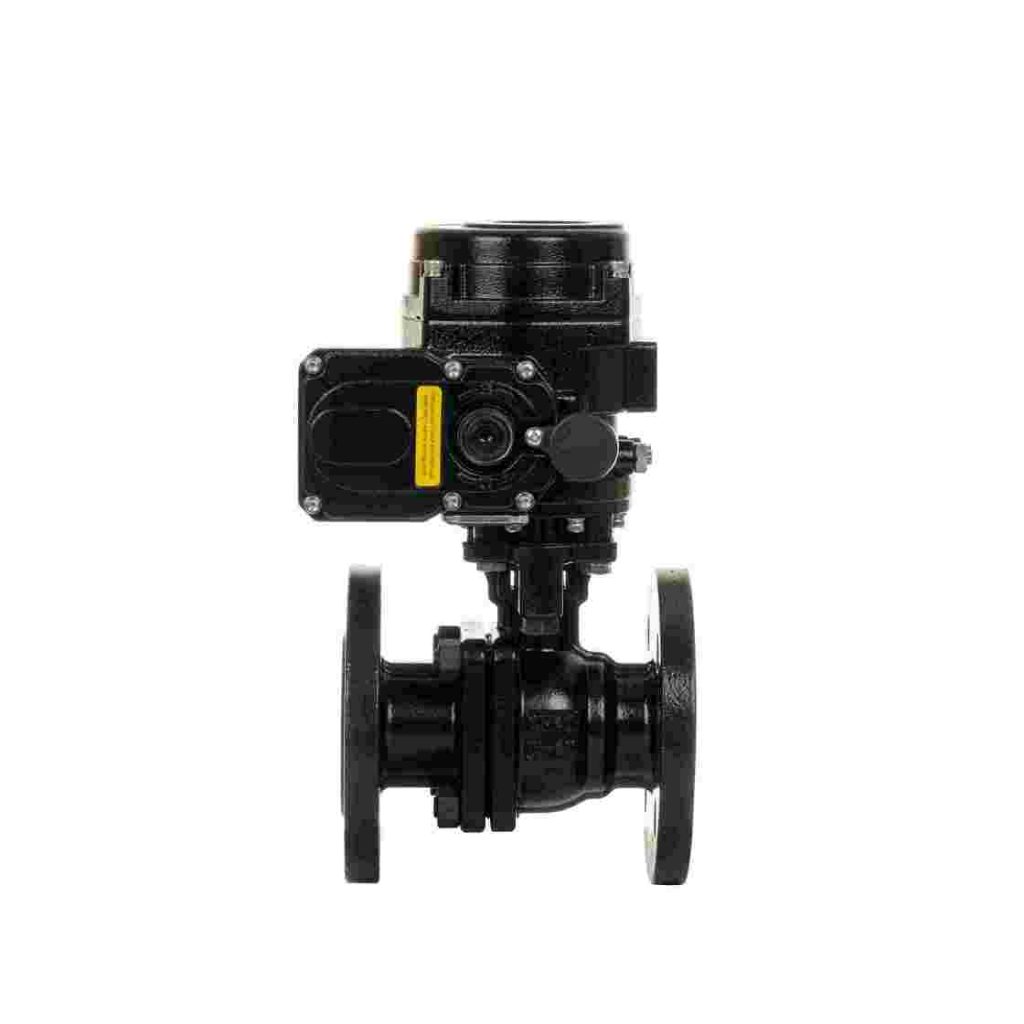Lithium batteries have revolutionized the way we store and use energy, making their way into countless applications, from consumer electronics to electric vehicles. However, one of the most intriguing applications of lithium battery technology is in the development of the Lithium Battery Electric Valve, an essential component in modern automation and industrial systems. These electric valves combine the advantages of lithium batteries and electric valve technologies to provide efficient and reliable control solutions in environments where traditional power sources may not be available or suitable.

What is a Lithium Battery Electric Valve?

A Lithium Battery Electric Valve is a valve that uses a lithium battery to power its electric actuator, enabling the valve to open, close, or adjust flow without the need for an external power supply. This system integrates the power storage capabilities of lithium batteries with the precision control offered by electric valves. The lithium battery acts as the energy source, providing long-lasting, reliable power, while the electric actuator controls the valve’s movement, ensuring accurate flow regulation in a wide range of applications. Advantages of Lithium Battery Electric Valves
Independence from External Power Sources One of the major advantages of lithium battery electric valves is their ability to operate independently of an external power grid. This feature is particularly useful in remote or off-grid locations where access to conventional power sources may be limited or unavailable. Whether in offshore oil rigs, underground mining operations, or rural areas, lithium battery-powered electric valves can be deployed to perform essential functions without relying on external electrical infrastructure.
